
Physical retail is fighting its corner in an increasingly digital world. The shift to digital was naturally accelerated by the pandemic, and since then, physical stores have faced blow after blow. First came Brexit, which hampered the supply chain and availability of labour. Then we’ve had inflation, political uncertainty, the rise in the real living wage, the affordability crisis, global conflict, energy prices, MEES legislation, consumer confidence… it’s been a painful time.
Rapleys recently released a thought leadership report analysing 17 types of niche asset, and it’s clear these challenges didn’t just affect retail. However, retail – and food stores in particular – are more vulnerable to some of these elements by their very nature. When there is political uncertainty, retail owners do not invest unless they absolutely have to. For example, when there is a lockdown, people don’t go physically shopping. When there is a supply chain issue, you can’t physically stock shelves, and so on.
Against this backdrop, however, some food stores still managed to perform. Here’s why.
Convenience
As workers shifted to working from home, so too their preference for convenience shifted. The move towards shopping locally two to three times a week, rather than doing a weekly shop, has been a contributing factor to the sector’s success. This month, Morrisons announced up to 400 new convenience stores as it seeks to leverage this market – albeit a proportion of these may be franchisee or petrol forecourt services.
Adaptability
Retailers to have outperformed the market are those that have not been afraid to grow, understand their customer and adapt accordingly. That includes Aldi and Lidl, which have a tried-and-tested format that works for them. Then there’s M&S, which has moved more into the out-of-town/edge-of-town market to take advantage of shopper habits that largely don’t include the high street model anymore. In fact, many Lidl or Aldi units can be found next to M&S, as both parties recognise that they don’t compete and between them, can win more footfall.
It also applies to those who can change their offer according to local catchments and season, such as Co-op, which serves local tastes with regional stock differentiation – whereas the likes of Asda has suffered from its centralised strategy and operations.

Ownership & experience
Food stores have seen an injection of private equity, with both Asda and Morrisons now owned by non-food specialists. This shift in ownership has hampered their strategy, as investors seek to pay off debts and realise their investment rather than compete with other food stores, losing market share as a result.
What may work in one industry doesn’t always translate into this market, in which layer upon layer of insight and experience propels success – from location to demographic, to fresh and local versus big brands, to competitors and catchment to build cost, store size and labour supply. Those that have looked inwards, using their experience to analyse and hone their model in a tried-and-tested way, are the winners.
Brand loyalty
The brands that have inspired loyalty have stuck unwaveringly to their customer promise, even if their store format has changed. Aldi and Lidl continue to deliver for their fans – they know what they offer and they hone it successfully year upon year.
Asda, again, has suffered from changing its very brand essence. While everything used to cost the same, we’re now seeing pricing variations between stores. In addition, the recent launch of its discounter scheme, and before that its refill scheme, means customers aren’t really clear on what the brand stands for anymore.
Where food retailers have got these success factors right, they have outperformed: expansion plans have continued, perhaps more cautiously, but evidently nonetheless. Where they haven’t, retailers have adopted a smoke-and-mirrors approach: putting ‘requirements’ out in the market to save face, while quietly shedding surplus sites in the meantime.
It’s uncertain what the future will hold for the retail sector. If Labour does somehow reinvent the business rates system, if inflation stays down and doesn’t rebound post-election as warring figureheads claim, if energy rates stay lower and capped, if carbon targets are lessened, if… well, you get my point. There are a lot of factors for the mainstream food retailers to circumnavigate in the year ahead – but to be successful, they must stay true to themselves.

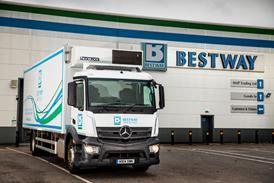
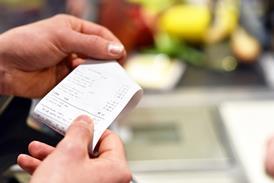
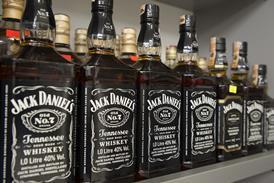

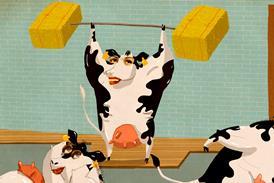


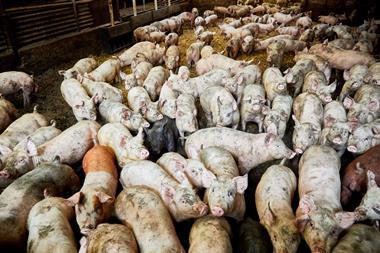

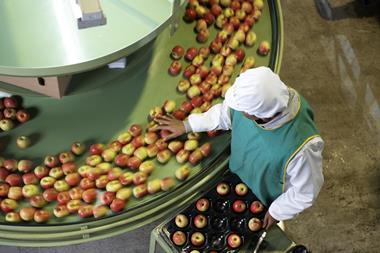


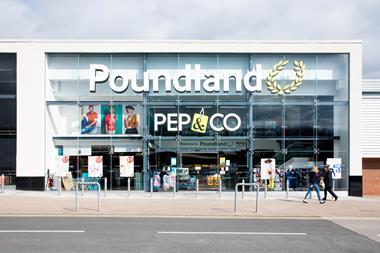





No comments yet